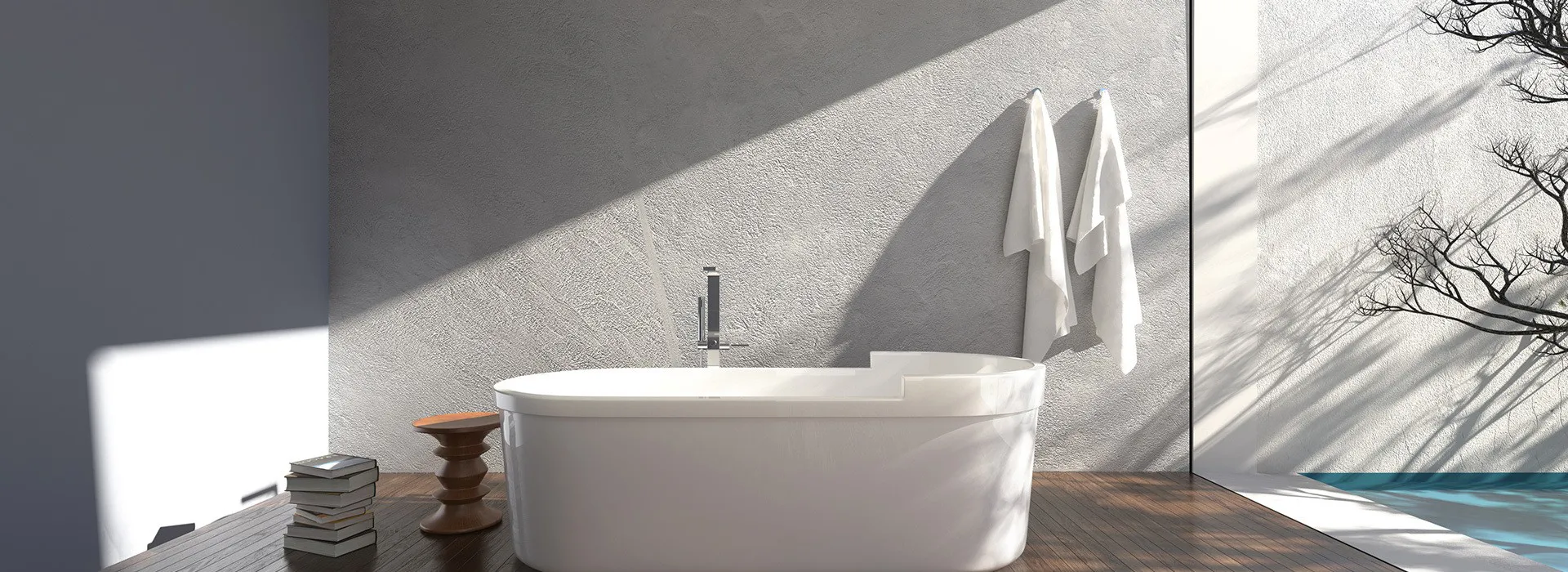
Knowledge
Why Choose PP-R for Your Hot and Cold Water Piping Needs?
Release time : March 25 2025
Why Choose PP-R for Your Hot and Cold Water Piping Needs?
Understanding PP-R: A Revolutionary Plumbing Material
PP-R, or Polypropylene Random Copolymer, is a plastic piping material that has gained significant traction in plumbing and heating systems globally. Known for its durability, flexibility, and resistance to corrosion, PP-R has become a favored choice for both residential and commercial applications.
The Composition and Properties of PP-R
PP-R is made from random copolymer polypropylene, which gives it unique properties. This material is lightweight, yet exceptionally strong, making it ideal for transporting both hot and cold water. Additionally, PP-R is resistant to chemical corrosion, UV radiation, and high temperatures, ensuring a long lifespan with minimal maintenance.
Key Properties of PP-R
1. **High Temperature Resistance**: PP-R pipes can withstand temperatures up to 95°C (203°F), making them suitable for hot water systems.
2. **Low Thermal Conductivity**: This property helps in maintaining the temperature of the water, reducing energy costs.
3. **Corrosion Resistance**: Unlike metal pipes, PP-R does not rust or corrode, ensuring clean water delivery.
4. **Lightweight and Flexible**: This makes handling and installation easier, reducing labor costs.
5. **Sound Insulation**: PP-R pipes operate quietly, making them ideal for residential applications.
Advantages of Choosing PP-R Pipes
1. Durability and Longevity
PP-R pipes have an impressive lifespan, often exceeding 50 years when installed correctly. Their resistance to various environmental factors and physical stress means fewer repairs and replacements, translating to long-term savings.
2. Cost-Effectiveness
While the initial cost of PP-R piping might be slightly higher than traditional materials like PVC or copper, the overall savings in maintenance, energy efficiency, and longevity make it a cost-effective choice.
3. Eco-Friendly Choice
PP-R is a recyclable material, which aligns with modern sustainability efforts. Choosing PP-R helps reduce environmental impact compared to non-recyclable materials.
4. Ease of Installation
The installation process for PP-R pipes is straightforward. They can be joined using a heat fusion process, eliminating the need for fittings and reducing potential leak points. This method not only saves time but also enhances the integrity of the piping system.
5. Wide Range of Applications
PP-R pipes are versatile and can be used in various applications beyond just hot and cold water systems. They are suitable for heating systems, irrigation, and even industrial applications, making them a comprehensive solution for many plumbing needs.
When to Choose PP-R Over Other Materials
1. Hot and Cold Water Systems
For systems requiring both hot and cold water, PP-R offers the best solution due to its temperature resistance and durability.
2. Commercial and Industrial Applications
In environments where pipes are subjected to high pressure and temperature fluctuations, PP-R’s resilience makes it a preferred option.
3. Residential Plumbing
Homeowners looking for a reliable and efficient plumbing solution should consider PP-R for both new builds and renovations.
Installation Best Practices for PP-R Piping
1. Proper Sizing and Design
Before installation, ensure that the PP-R pipes are correctly sized for your specific needs. This involves calculating the flow rates and the pressure requirements of your system.
2. Heat Fusion Joining Technique
Utilize the heat fusion method for joining PP-R pipes. This technique creates a seamless connection that enhances the overall strength and durability of the system.
3. Insulation for Hot Water Lines
Even though PP-R has low thermal conductivity, insulating hot water lines can further enhance energy efficiency and maintain temperature.
Maintenance Tips for PP-R Piping Systems
1. Regular Inspections
Conduct periodic inspections of your piping system to identify any potential issues before they become significant problems.
2. Monitor Temperature and Pressure
Keep an eye on the operating temperature and pressure to ensure they remain within the safe limits for PP-R pipes.
3. Address Leaks Promptly
While PP-R is resistant to leaks due to its fusion joints, any sign of water should be addressed immediately to prevent damage.
Cost Comparison: PP-R vs. Traditional Materials
1. Initial Costs
While the upfront cost of PP-R may be higher than PVC or copper, its longevity and low maintenance needs provide a compelling argument for its overall value.
2. Long-Term Savings
Consider the long-term savings from reduced energy bills, fewer repairs, and a longer lifespan when comparing costs.
FAQs About PP-R Piping
1. What is the maximum temperature PP-R pipes can handle?
PP-R pipes can handle temperatures up to 95°C (203°F) without compromising their structural integrity.
2. Are PP-R pipes safe for drinking water?
Yes, PP-R pipes are safe for drinking water and meet international health and safety standards.
3. Can PP-R pipes be used outdoors?
While PP-R pipes can be used outdoors, they should be protected from direct sunlight to avoid UV degradation.
4. How do you join PP-R pipes?
PP-R pipes are typically joined using a heat fusion process, which involves heating the pipe ends and then pressing them together.
5. What is the lifespan of PP-R piping?
PP-R pipes have a lifespan of over 50 years when properly installed and maintained.
Conclusion
Choosing PP-R for your hot and cold water piping needs is a smart investment. Its numerous advantages—including durability, cost-effectiveness, and ease of installation—make it a superior choice compared to traditional piping materials. By understanding the benefits and best practices associated with PP-R, we can ensure a reliable and efficient plumbing system for both residential and commercial applications. As you consider your options, remember that investing in PP-R piping is not just about immediate costs; it is about long-term peace of mind and sustainability in your plumbing infrastructure.
Tags:
Recommended News
March 03 2025
March 03 2025
November 11 2021
November 11 2021
November 11 2021
November 11 2021
November 11 2021
January 01 2022
July 07 2022
March 03 2025
X

